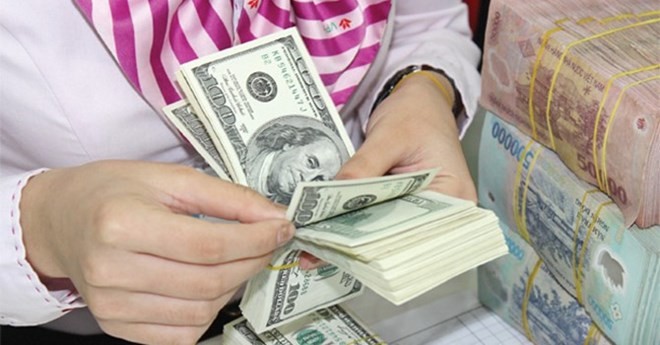
According to a report of economic growth in April and forecast for the whole year 2017 recently announced by the NFSC, the trade deficit is likely to account for 3.5 percent of the export turnover in 2017.
The country’s abundant foreign currency supply source continues easing the pressure on the exchange rate, the report stressed.
It reported that the abundant supply of foreign currencies, which comes from the strong increase of foreign indirect investment (FII) and foreign direct investment (FDI) sources, and the continuous downward trend of Bloomberg Dollar Index, has significantly reduced the pressure on the exchange rate.
The committee forecasts that the US Federal Reserves (Fed)’s interest rate hike has not caused any pressure on the foreign exchange in the short term in 2017 as the interest rate of dong deposits are still more attractive than the dollar deposits.
In the long run, the exchange rate is likely to be under greater pressure if the Fed continues increasing the interest rate, aiming to lift the interest rate to 3 percent by the end of 2019, it said.
NFSC also noted the trend of strong depreciation of the Chinese Yuan would make a big negative impact on Vietnam’s economy due to the country’s rising trade deficit with China. The trade deficit rose to US$28 billion in 2016 from $23.7 billion in 2013.
If compared with the GDP, Vietnam’s trade deficit with China was 14 percent, which was much higher than the 2 percent trade deficit of the US and China, the NFSC said.
As of May 11, the central exchange rate announced by the State Bank stood at 22.377 VND/USD, one percent higher than against those in early this year. Meanwhile, the rate announced by commercial banks valued at 22.730 VND/USD, down 0.28 percent compared to the beginning of the year.
Source: VNA
























